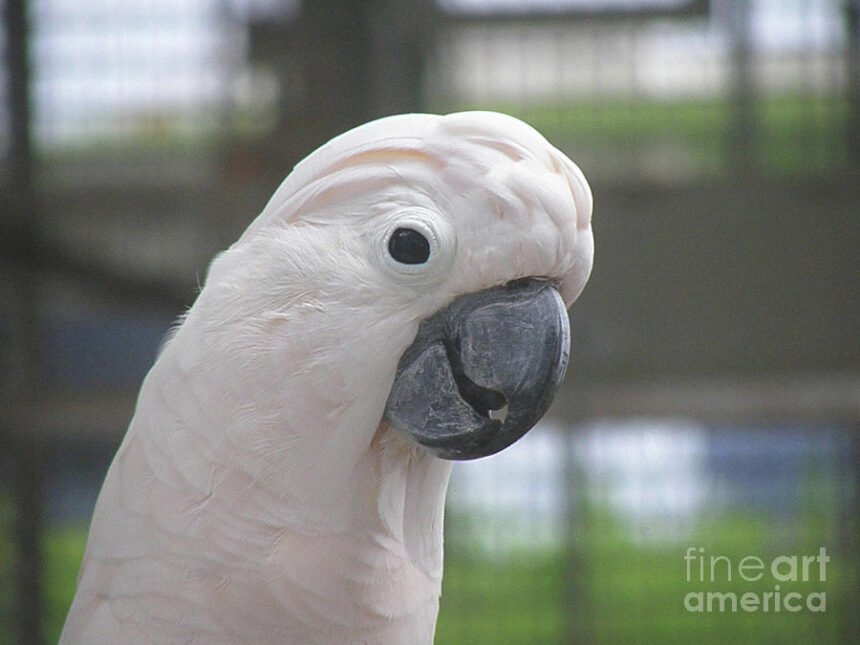Introduction to long hooked beaks
Welcome, curious minds and nature enthusiasts! Have you ever marveled at the fascinating world of creatures equipped with unique adaptations for survival? Today, we delve into the realm of animals sporting a distinctive feature – the long hooked beak. Join us on this exploration as we uncover where you can find these intriguing beings and unravel the mysteries behind their remarkable appendage. Let’s embark on this wild adventure together!
Animals with long hooked beaks:
Long hooked beaks are fascinating features found in various animals, each serving its own unique purpose. Toucans are known for their vibrant colors and distinctive long hooked beaks that help them reach fruits on tree branches with ease. These birds use their beaks not only for feeding but also to regulate body temperature by adjusting blood flow.
Pelicans, with their long hooked bills, excel at catching fish. Their remarkable hunting skills involve using the hook at the end of their beak to grasp slippery prey underwater swiftly. It’s a sight to behold when a pelican dives gracefully into the water to scoop up its meal effortlessly.
Ospreys are another example of birds with long hooked beaks specialized for fishing. They soar high above bodies of water before diving down swiftly and plunging their sharp bills into the water to catch fish. This adaptation showcases nature’s incredible efficiency in design and function within these magnificent creatures.
– Toucans
Toucans are charismatic birds known for their vibrant colors and, of course, their long hooked beaks. These tropical beauties can be found in the forests of Central and South America, adding a splash of color to the canopy with their striking plumage.
The iconic feature of toucans is undoubtedly their impressive bill. This elongated and curved beak might seem like an impractical accessory at first glance, but it serves multiple purposes for these birds. Not only does it help them reach fruit on slender branches that other creatures cannot access easily, but it also aids in regulating body temperature by dissipating heat.
Despite its size and shape, the toucan’s beak is surprisingly lightweight due to its unique structure. Made out of keratin – the same material as our hair and nails – this beak is both durable and flexible. It allows toucans to grasp food items delicately without causing damage – a true testament to nature’s ingenious designs.
So next time you spot a toucan flaunting its magnificent bill in the wild or even at your local zoo, take a moment to appreciate the intricate beauty and functionality of this remarkable feature!
– Pelicans
Pelicans are fascinating birds known for their long hooked beaks that help them catch fish with precision. These large seabirds can often be spotted gracefully gliding over the water, scanning for their next meal. With wingspans reaching up to nine feet, pelicans are truly majestic creatures of the skies.
One interesting fact about pelicans is their unique feeding behavior. They use their long hooked beaks to scoop up fish from the water in a swift motion, making it look effortless. It’s like watching a skilled muppet with a long hooked beak expertly grabbing its favorite snack!
Despite their size, pelicans are surprisingly agile flyers and divers. They can plunge into the water from great heights to catch fish, showing off their impressive hunting skills. It’s no wonder these birds have captured the imagination of people around the world with their graceful aerial displays.
Next time you see a pelican soaring overhead or diving into the ocean, take a moment to appreciate the beauty and grace of these magnificent creatures with their unmistakable long hooked beaks!
– Ospreys
Let’s talk about Ospreys and their impressive long hooked beaks. These birds of prey are known for their keen hunting skills, often seen diving into the water to catch fish with precision. Their long hooked beak plays a crucial role in grasping slippery prey as they soar above lakes and rivers.
Ospreys have adapted to their aquatic lifestyle by evolving this specialized tool for fishing. The sharp curve at the end of their beak enables them to swiftly snatch fish from the water without losing grip. This unique feature sets them apart from other birds and showcases nature’s incredible diversity in design.
Next time you spot an Osprey soaring high in the sky, take a moment to appreciate its remarkable hunting technique powered by its distinctive long hooked beak. These magnificent birds serve as a reminder of the wonders of evolution and how every species has its own fascinating adaptations for survival in the wild.
Adaptations and uses of a long hooked beak
Long hooked beaks found in birds like toucans, pelicans, and ospreys serve various important purposes in their daily lives. These specialized beaks are not just for show – they have evolved over time to help these birds thrive in their environments.
One key adaptation of a long hooked beak is its ability to efficiently catch and consume prey. For example, the sharp hook at the end of a pelican’s beak aids them in catching fish with precision. Toucans use their long bills to pluck fruits from branches that other birds can’t reach easily.
In addition to hunting and feeding, these specialized beaks also play a role in grooming and maintaining feathers. Birds like ospreys use their hooked beaks to preen and clean themselves, ensuring they stay healthy and free from parasites.
The adaptations of long hooked beaks showcase nature’s incredible ability to fine-tune living organisms for specific tasks within their ecosystems.
Other birds that have evolved a long hooked beak
When we think of birds with long hooked beaks, iconic species like toucans, pelicans, and ospreys often come to mind. However, there are other fascinating avian creatures that have evolved this distinctive feature over time.
One such bird is the Kea, a parrot native to New Zealand known for its mischievous nature and sharp beak perfectly adapted for prying open tough nuts and seeds. The Sword-billed Hummingbird from South America boasts the longest bill relative to body size among all birds, allowing it to feed on nectar from flowers with deep corollas.
In Africa, the Southern Ground Hornbill stands out with its impressive hooked beak used for catching prey including snakes and small mammals. These diverse examples showcase how different bird species around the world have developed unique adaptations in their evolution.
The role of a long hooked beak in the ecosystem
Long hooked beaks play a crucial role in the ecosystem, especially for birds that rely on them for survival. These specialized beaks are not just for show; they are essential tools for hunting, feeding, and even defense.
In the wild, animals like toucans use their long hooked beaks to reach fruits high up in trees that other birds can’t access easily. This unique adaptation allows them to feed on a variety of fruits and flowers that contribute to seed dispersal in their habitats.
Pelicans with their impressive long hooked beaks dive into the water to catch fish with precision. The shape of their beak enables them to scoop up fish efficiently, supporting both their own dietary needs and balancing aquatic ecosystems by controlling fish populations.
Ospreys also benefit from their long hooked beaks when hunting fish near water bodies. Their sharp talons grab onto slippery prey while the curved bill helps secure and eat the catch swiftly without losing it back into the water—nature’s perfect design at work!
Fun facts about long hooked beaks
Did you know that the toucan has the largest bill in proportion to its body size of any bird species? These vibrant birds use their long hooked beaks not only for feeding but also as a way to regulate their body temperature.
Pelicans, famous for their long hooked bills, have a unique hunting technique where they dive from great heights into the water to catch fish in their expandable throat pouches. This distinct feature helps them scoop up large amounts of water along with their prey.
Ospreys are skilled fishermen with their sharp talons and curved beaks designed for grabbing slippery fish out of the water. Their long hooked beak aids in tearing apart their catches before consuming them.
Birds like herons and eagles have also evolved elongated bills that assist them in catching prey efficiently. The diversity of bird species with long hooked beaks showcases nature’s fascinating adaptations for survival.
Conclusion
Long hooked beaks are remarkable adaptations that have evolved in various bird species to help them thrive in their environments. From the impressive toucans with their vibrant colors to the majestic pelicans soaring over coastlines, these birds showcase the diversity and beauty of nature’s designs. The ospreys diving gracefully into water bodies exhibit the precision and effectiveness of a long hooked beak in action.
These specialized beaks not only aid in feeding but also play crucial roles in regulating populations of prey species, thereby maintaining balance within ecosystems. As we continue to learn more about these fascinating creatures and their adaptations, we gain a deeper appreciation for the intricate web of life on our planet.
So next time you spot a bird with a long hooked beak, take a moment to marvel at nature’s creativity and ingenuity. Witnessing these magnificent beings serves as a reminder of the wonders that exist all around us, waiting to be explored and cherished.









